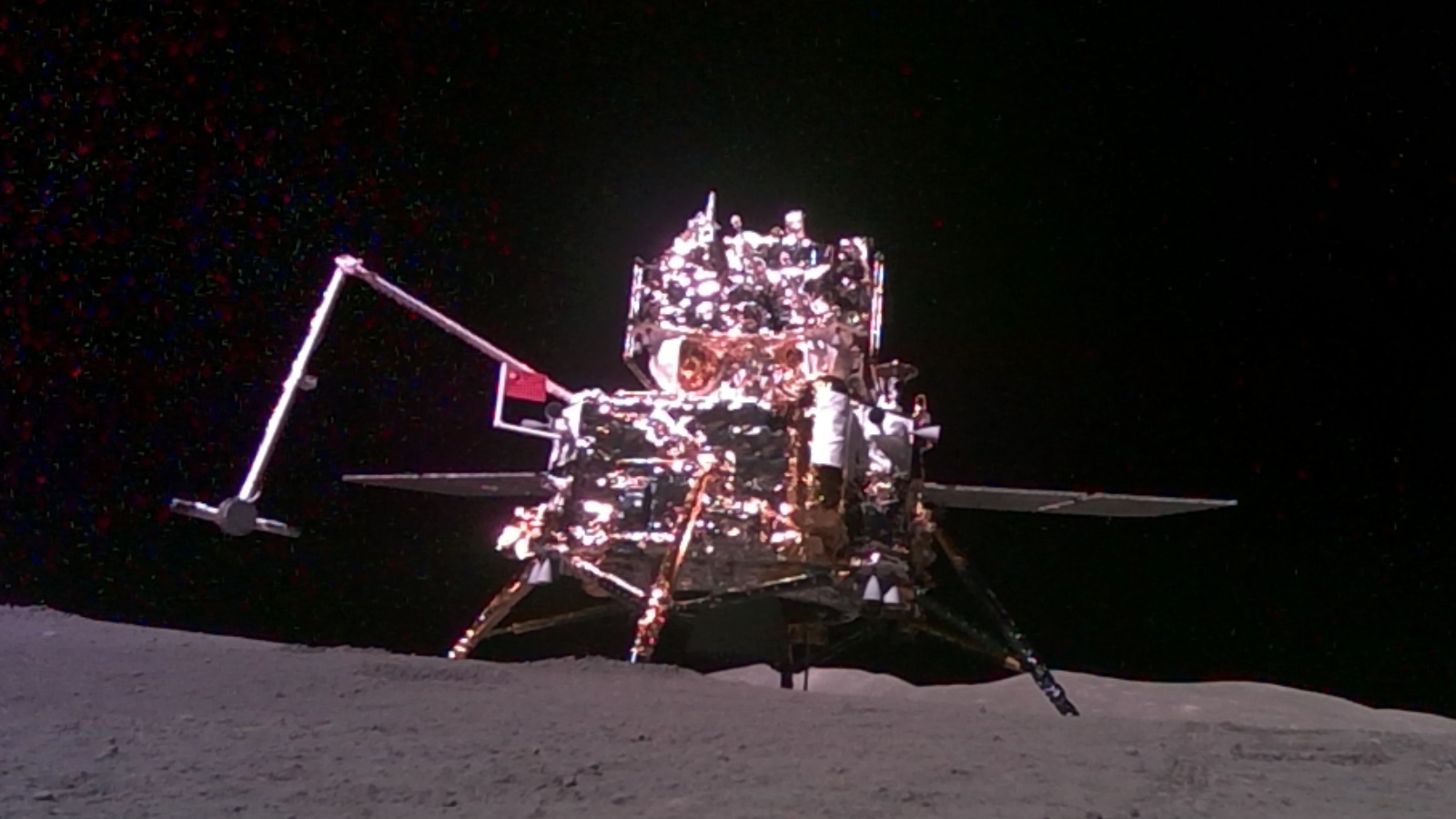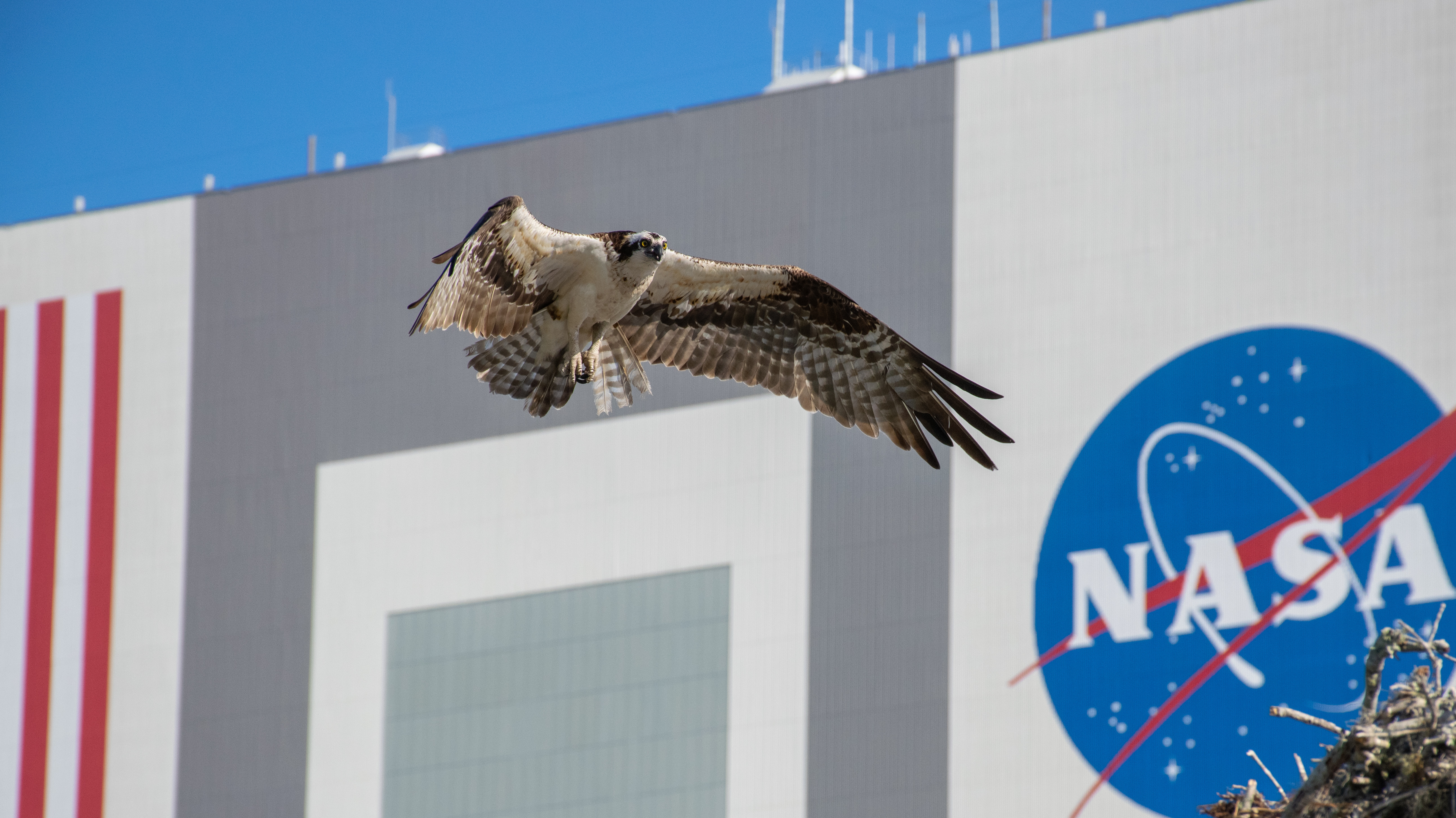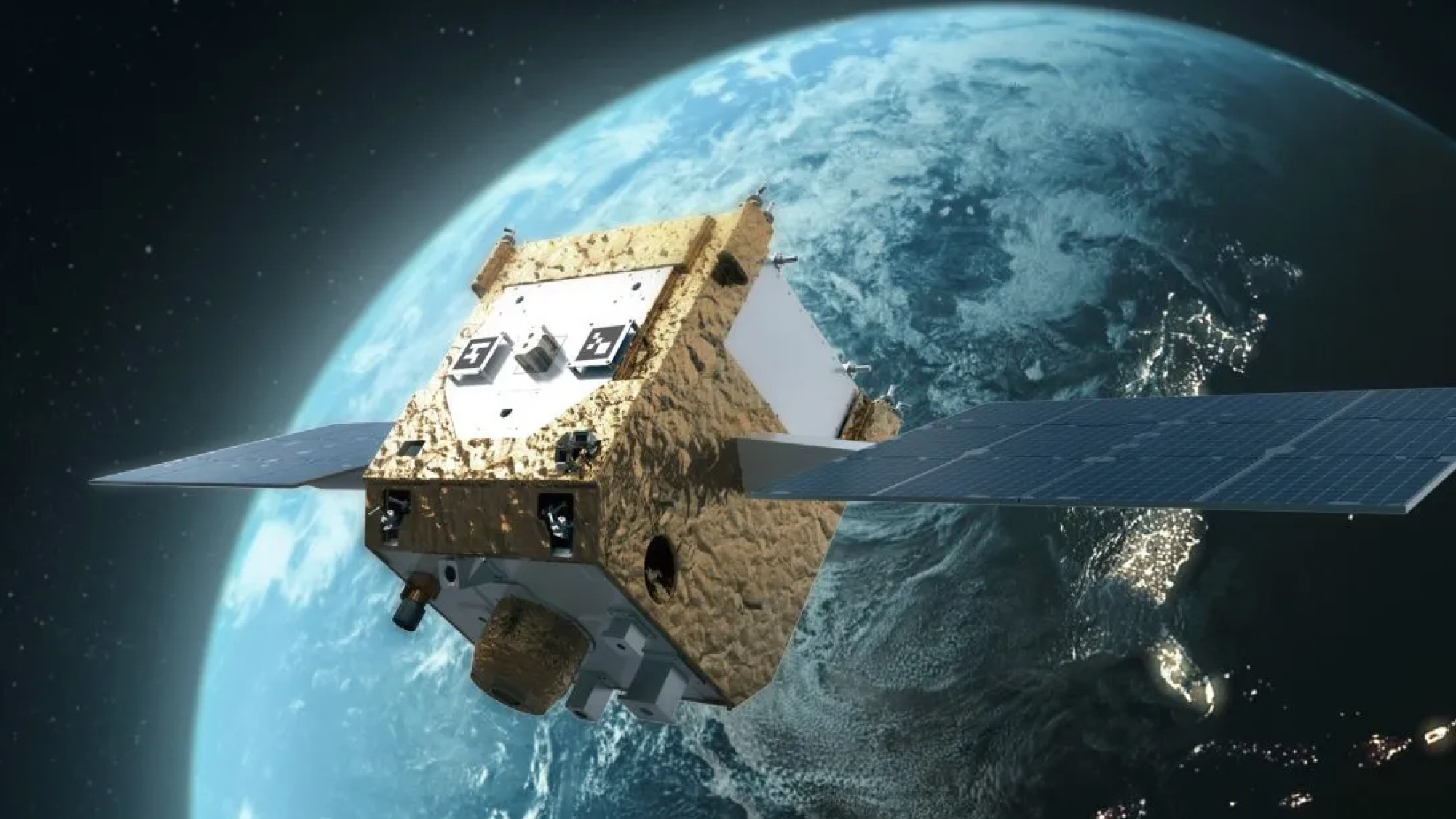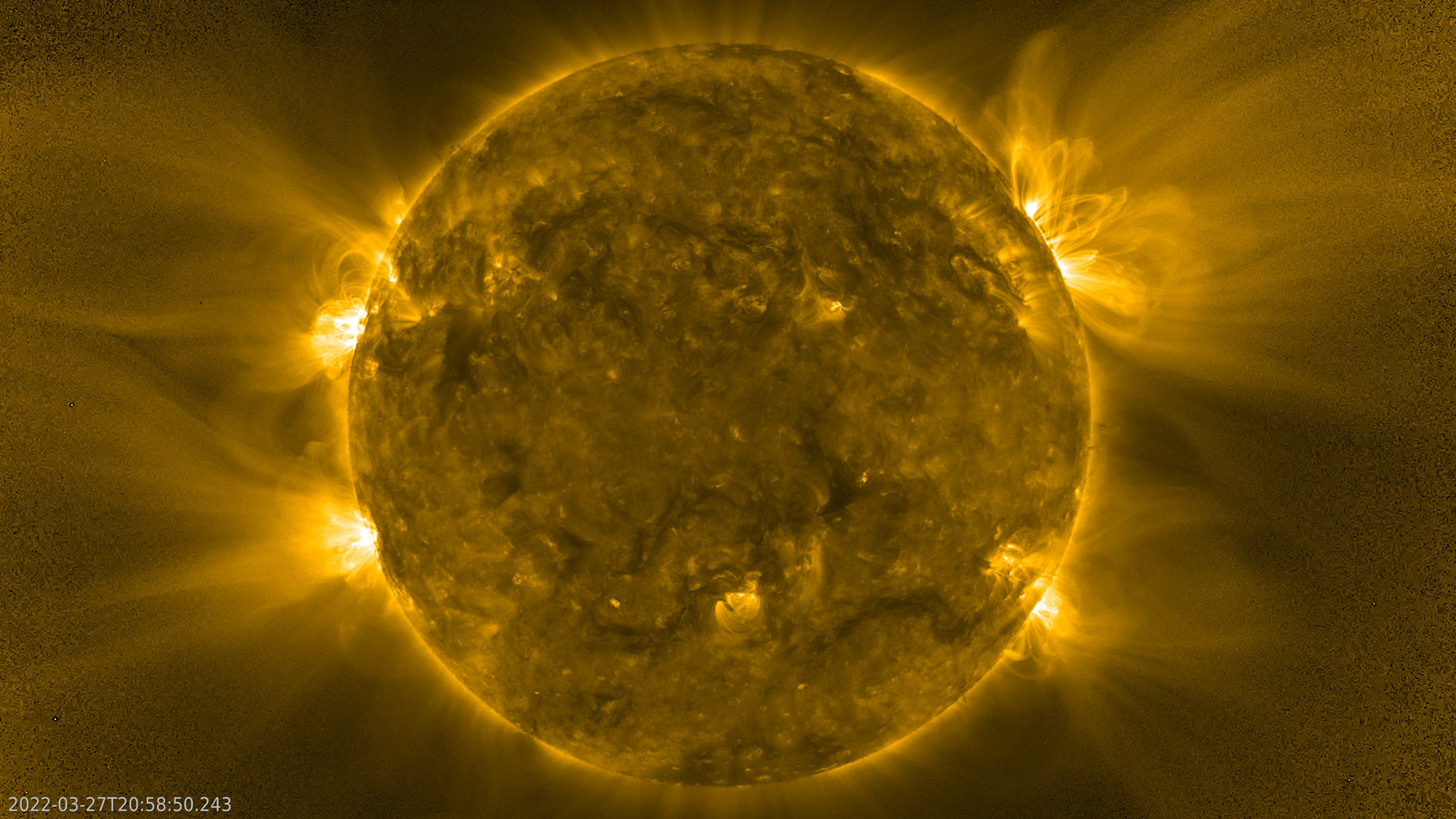What happened to China's Chang'e 6 lander on the moon's far side?
The Chang'e 6 lander wasn't equipped with heaters to help it survive the long, cold lunar night.

China's Chang'e 6 mission has successfully delivered to Earth the first-ever samples from the far side of the moon. But what became of the lander that collected the lunar material?
Chang'e 6 launched on May 3. The mission consisted of four spacecraft — an orbiter, lander, ascent vehicle and reentry capsule. The lander touched down in Apollo crater on June 1, with the main task of scooping and drilling for unique samples from the lunar far side and loading them into the ascender to be blasted into lunar orbit.
The samples eventually reached Earth on June 25, touching down as planned in grasslands in Inner Mongolia.
The Chang'e 6 lander, meanwhile, remains on the moon. It carried other payloads, including a panoramic imager and a tiny rover. Insights about the lander's fate came recently from the French space agency CNES, which contributed a radon-outgassing-detection payload called DORN to the mission.
Related: China's Chang'e 6 spacecraft finds long-sought particles on far side of the moon
"As planned, DORN was switched off shortly before Chang'e 6 lifted off from the lunar surface, when the ground platform became inactive," a CNES press attache stated in an email.
The blastoff of the ascender likely caused extensive damage to the lander, though the latter managed to capture footage of the event. Accordingly, all activities — including the autonomous deployment of the rover and imaging of the lander — were wrapped up before liftoff. This included another European instrument that recorded previously undetected charged particles on the moon's surface.
Get the Space.com Newsletter
Breaking space news, the latest updates on rocket launches, skywatching events and more!
If any activities were conducted after the ascender's liftoff, these would have ceased by nightfall over Apollo crater. Unlike the still-operational Chang'e 3 and Chang'e 4 landers on the lunar near and far sides, respectively, Chang'e 6's lander did not carry the radioisotope heaters needed for long-term activities on the moon, which requires surviving the deep cold of the long lunar night. Nighttime in Apollo crater began on June 11, and the sun rose again over the site on June 26.
Meanwhile, the ascender, which carried the samples from the moon to the waiting Chang'e 6 spacecraft in lunar orbit, is now also out of action. Though China's space authorities have not commented on the fate of the ascender, the rocket was likely responsibly deorbited into the moon after it docked with the orbiter and transferred the samples.
Radio amateur Scott Tilley tracked signals from the ascender, with their absence suggesting it had been instructed to impact the moon.
Quick update on Chang'e 6 mission. The Ascender was a no show today, indicative it has been deorbited and impacted on the Moon as CE5's did following expected mission timeline. The Orbiter is behaving normally and has been in and out of lock with Argentina throughout today.June 8, 2024
China appears to have enacted the sample protocol with its Chang'e 5 mission, which returned samples from the moon's near side to Earth in late 2020.
With all other aspects wrapped up, the reentry capsule and the samples within it were transported to Beijing on Wednesday (June 26). The samples will soon be transferred to specially developed facilities for storage, analysis and distribution for research.
Meanwhile, the Queqiao 2 lunar relay satellite, which helped facilitate the far side sample mission, will continue orbiting with its science payloads. It will support the ongoing Chang'e 4 mission and the upcoming Chang'e 7 mission, which will target the lunar south pole around 2026.
Join our Space Forums to keep talking space on the latest missions, night sky and more! And if you have a news tip, correction or comment, let us know at: community@space.com.

Andrew is a freelance space journalist with a focus on reporting on China's rapidly growing space sector. He began writing for Space.com in 2019 and writes for SpaceNews, IEEE Spectrum, National Geographic, Sky & Telescope, New Scientist and others. Andrew first caught the space bug when, as a youngster, he saw Voyager images of other worlds in our solar system for the first time. Away from space, Andrew enjoys trail running in the forests of Finland. You can follow him on Twitter @AJ_FI.









